Drapery 101

As featured in Modern Texas Living Magazine on pp. 14-16.
All photos courtesy of Cortney Dani Photography.
Windows and drapery are an elemental part of every room I design. My clients always ask, “do we have to use curtains?” and I offer them the sage and timeless advice my grandmother once gave me. She said, “Susie, a room is like a woman and drapery is like her earrings. There are very few times in life when she doesn’t need them, but for the most part, they are her crowning accessory!”
If we keep with this metaphor, then you can imagine the infinite possibilities when deciding how to complete the look. Long and elegant or simple and playful? I’ve outlined the following tips to help you choose the drapery that’s right for your room.
Consider the style of your room. Modern interiors lean towards streamlined window treatments while more traditional spaces are likely to have full-length curtain panels and cornices. Picture windows can stand without drapery, especially when you consider that wood or iron grids make the window an architectural feature in the room. Start by establishing your design style and color scheme.
Of all the design elements, color is the most expressive. Yet it remains the most daunting as homeowners will usually opt for neutrals in an effort to play it safe. Use a color wheel, available at most paint and craft stores, to help you break out! Satisfying schemes will find a good balance between warm and cool tones. Patterned panels can provide a focal point and draw the eye up.
There are so many tricks to making a room look bigger than it actually is, but my favorite way is with window treatments. I recommend that you measure from the top of your window to the ceiling and hang your curtain rod 2/3 of the distance up. This will create the illusion of taller ceilings. You’ll also want to take the drapery rod out about 6-12 inches, depending on the number of panels you’re hanging. This extension will will make the window appear wider and balance the space.
This depends on the size of your window. Standard panels are around 56″ wide. This means a panel on each side when pulled closed will cover a 112″ wide window. However, I don’t recommend that your panels ever look taut when closed, so if your window is more than 6′ wide you should opt for two panels on each side of the window. The official rule is the width of the window times two and a half. Remember lined panels will always look fuller and more polished.
You have three options here. Float, kiss or puddle. A float is where the drapery doesn’t touch the floor and hangs about an inch from the ground. A kiss is a 1-2″ break at the bottom of the panels where the drapes will buckle when they touch the floor. A puddle is just that, an excessive amount of drapery puddling on the floor.
Kisses create a clean, streamlined look and puddles lend themselves to the romantic, traditional spaces.
Drapery rings, grommets, pocket rod, or pinch pleat. The method of which your panels are hanging on the curtain rod is entirely up to you. Rings and grommets are contemporary while pinch pleats are much more formal. I always lend for simple rods and finials. If you choose an ornate rod, you’ll want the room to reflect that same formality.
There are plenty of ready made curtains available on the market, but you can always take fabric to your local tailor or seamstress for custom drapery panels. xo!
Enjoyed the project?






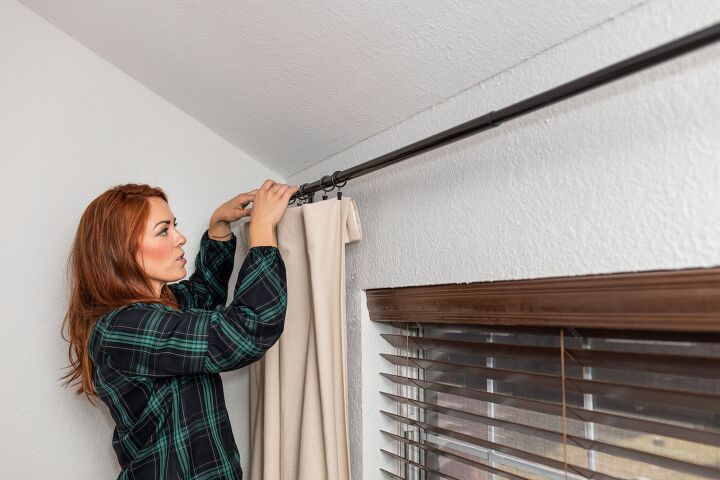







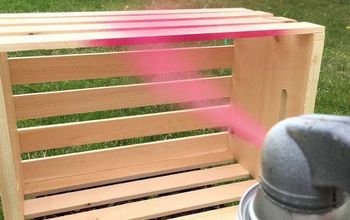





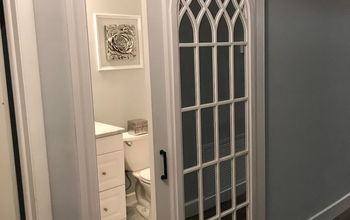





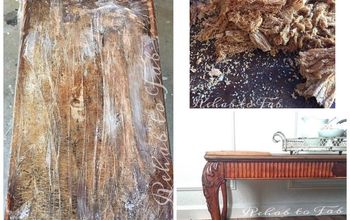


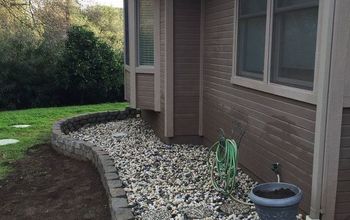

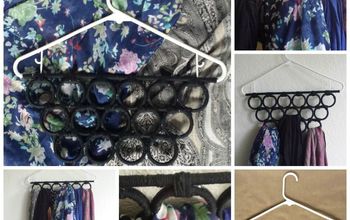


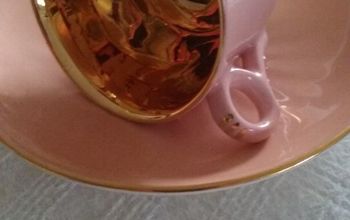
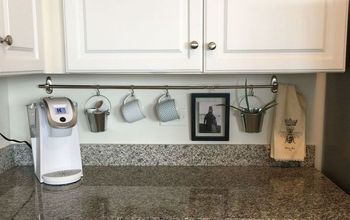

Frequently asked questions
Have a question about this project?